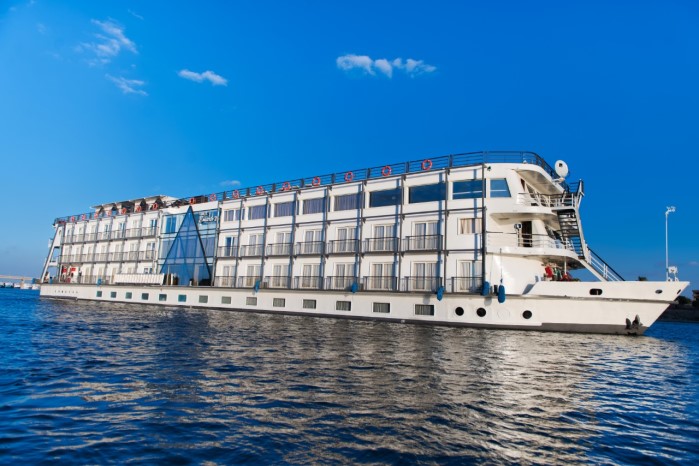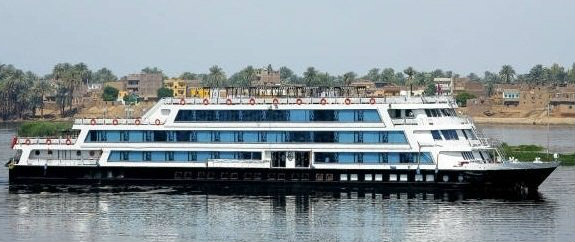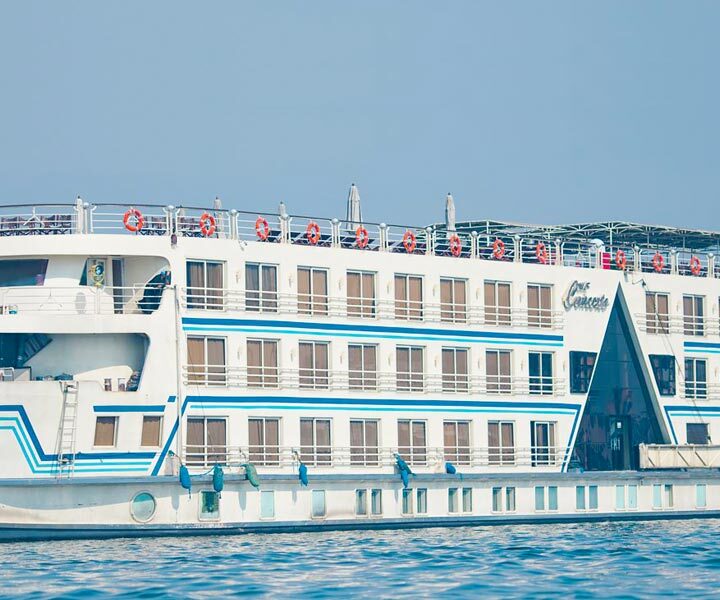High Dam
The Aswan Dam is an embankment dam situated across the world’s longest river, the Nile, in Aswan, Egypt. it was built to control the water flow of the Nile river. The High Dam was constructed since 1960, and after ten years of work, it has had a significant impact on the economy and culture of Egypt. It was formally inaugurated in January 1971 at a cost of about $1 billion. It provided Egypt with water and electricity, and secured the country of the risk of the destructive inundation. Once one of the largest dams in the world, it’s one of the most important achievements in Egypt in the twentieth century.
The Aswan High Dam is 3,830 metres (12,570 ft) long, 980 m (3,220 ft) wide at the base, 40 m (130 ft) wide at the crest and 111 m (364 ft) tall. It contains 43,000,000 cubic metres (56,000,000 cu yd) of material. At maximum, 11,000 cubic metres per second (390,000 cu ft/s) of water can pass through the dam. There are further emergency spillways for an extra 5,000 cubic metres per second (180,000 cu ft/s), and the Toshka Canal links the reservoir to the Toshka Depression. The reservoir, named Lake Nasser, is 550 km (340 mi) long and 35 km (22 mi) at its widest, with a surface area of 5,250 square kilometres (2,030 sq mi). It holds 132 cubic kilometres (1.73×1011 cu yd) of water.





